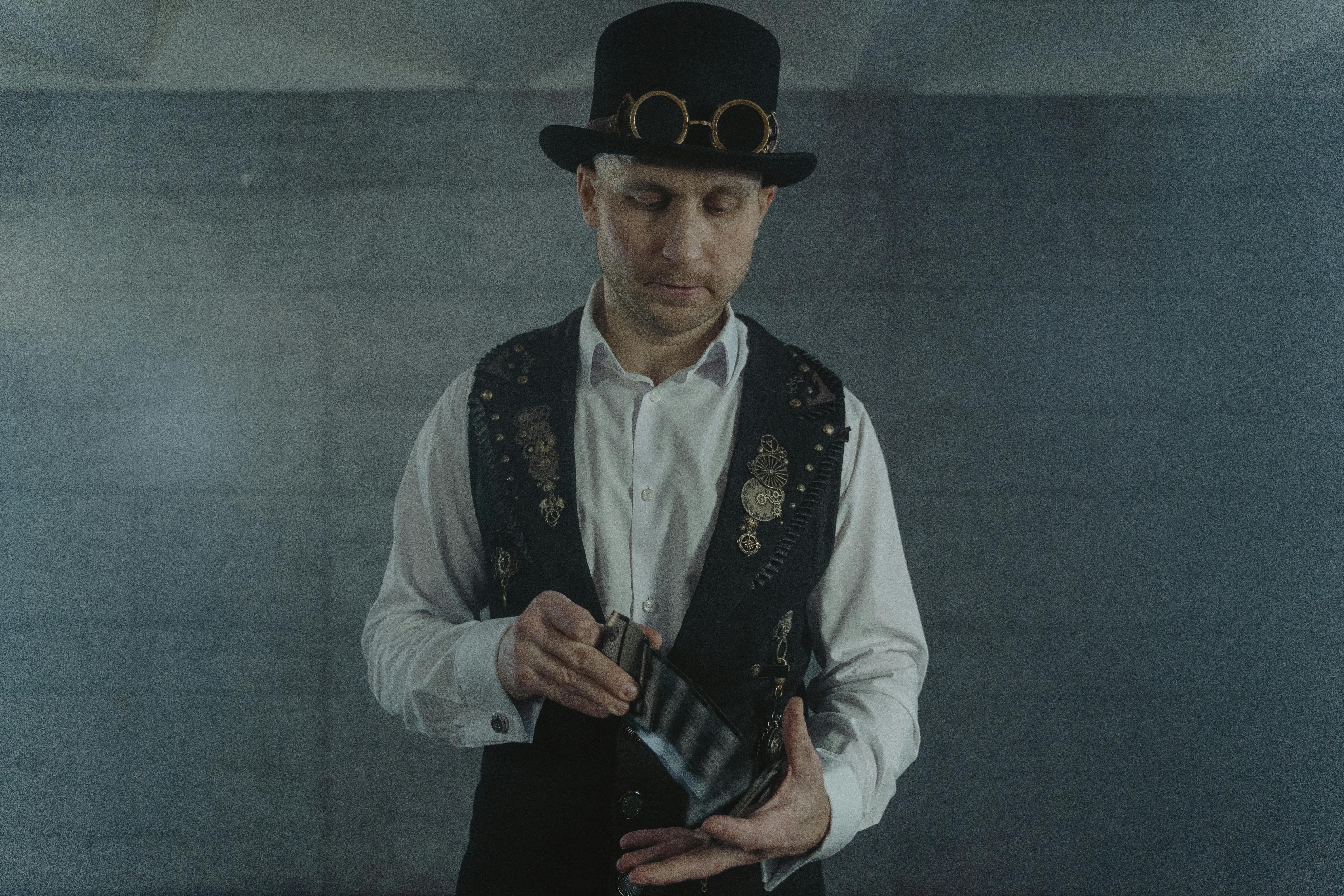Sweat dries, his breathing slows, cool air rushes across his face. You walk out of the room, mat in hand, with a giddy smile. “Good class,” you reflect. As you reach for your shoes, your mind slowly begins to wake up. Yoga still reigns supreme and you can’t help but feel good. That is why you practice.
Yoga is not like other sports. It is different from the gym, and in some non-tangible way, different from everything else we do. Practice physically kicks your butt. However, it does something even more in your mind. You may not be able to point it out exactly, but after a good class, you know what I mean.
New students frequently come to my class to get a “yoga butt”. Seriously, that’s what they say. We live in a material culture and, as the iconic singer said, “I am a material girl.” In my case it would be a material “child” (or an old man depending on how you look at it).
In our externally dominated culture, this is the impetus to practice. The methods, terminology, and goals of yoga have changed. What used to be a spiritual tradition is now an exercise. The classic definition, “stopping the fluctuations of the mind” (yes, that’s the actual definition of yoga), has become some form of physical ability. We are no longer judged by the clarity of our peace of mind, but by the double articulation of our elbows. Put your legs behind your head and balance on your hands: Poof, you are a yoga teacher.
With yoga so externalized and tradition so sadly lost, why am I writing an article on the positive effects of the practice on the body and mind? The answer is simple. Yoga still works … and it works in a way that many students never notice.
What we now call yoga, that is, yoga postures or postures, are traditionally called asanas. A Sanskrit word defined as “comfortable and stable posture”. Short definition, huh? Interestingly, nothing in this definition suggests putting the foot behind the head or balancing on one arm. If you are the type of person who likes to see things for yourself, take a look at the classic Yoga Sutras. There are about a hundred translations into English. This definition is straightforward, but it’s so far removed from what we practice today that it takes some creative writing to get the two together.
In times past, yoga was only a spiritual practice. There was no concern about getting a yoga butt. In fact, it is a bit wrong to even call yoga a practice. Traditionally, yoga was not something that was done, but something that had to be achieved. The term yoga was meant to describe a state of calm and happiness that could be achieved through a specific method. You worked hard in your practice to develop the yoga experience. And with the definition of “steadiness of mind and emotion”, it seems that yoga would be a great experience to experience. I can’t even count how many times my mind has wandered while writing this short paragraph. Constant calm sounds wonderful.
Every morning before sunrise, I open the doors to the yoga center, turn the heat on to 100 Fahrenheit, and welcome the students to another morning practice. The class is hot and tough. Sweat builds up quickly. Grunts and sighs echo from every corner. Pick up here; push there forward tilt; more weight on the toes. This is a great exercise. These students are getting in shape. For just over an hour, this group of students is pushed and shoved into a world of continual challenge and just a little bit of agony. “You touched your forehead to your knees. Okay, now pull your navel toward your spine.” “Your balance is improving. Now lift your leg a little higher.”
Finally, the clock runs out. The class is over. The students let out a final sigh of relief. Resting on their backs, the bodies relax and the surroundings fade away. There is no movement. The welcome tiredness of a hard workout settles in. The mind wanders and some fall asleep on that little land somewhere between wakefulness and sleep. Time is up.
From the outside perspective, and for many years from my own perspective, this kind of practice can hardly be called yoga. This physical practice of sweat and muscle tension was so far removed from my ideas of yoga that I almost fell away. However, the truth is that this is exactly yoga.
Poor balance, muscle fatigue, tight hips – Leave class with a clam heart and a smile on your face.
Feel bloated, embarrassed by the ridiculously flexible person next to you, remember you were supposed to pick up dinner – leave class with a calm heart and a smile on your face.
Pass gas (seriously, why the posture to remove the wind must be so embarrassing), wake up snoring during shavasana, realize that you are a level one student in a level three class: leave class with your heart calm and a smile on your face? .
With each class, you struggle through practice. You face your weaknesses and insecurities and yet you leave with a calm heart and a smile on your face. Yoga is steadfast in the face of a storm; a calm mind in the midst of a wavering world. Expect it or not, that’s exactly what this new yoga brings.
When you walk out the studio door, the experience is with you. And with just a little repeated exposure something amazing happens, firm calm is with you too. This new yoga still works.
